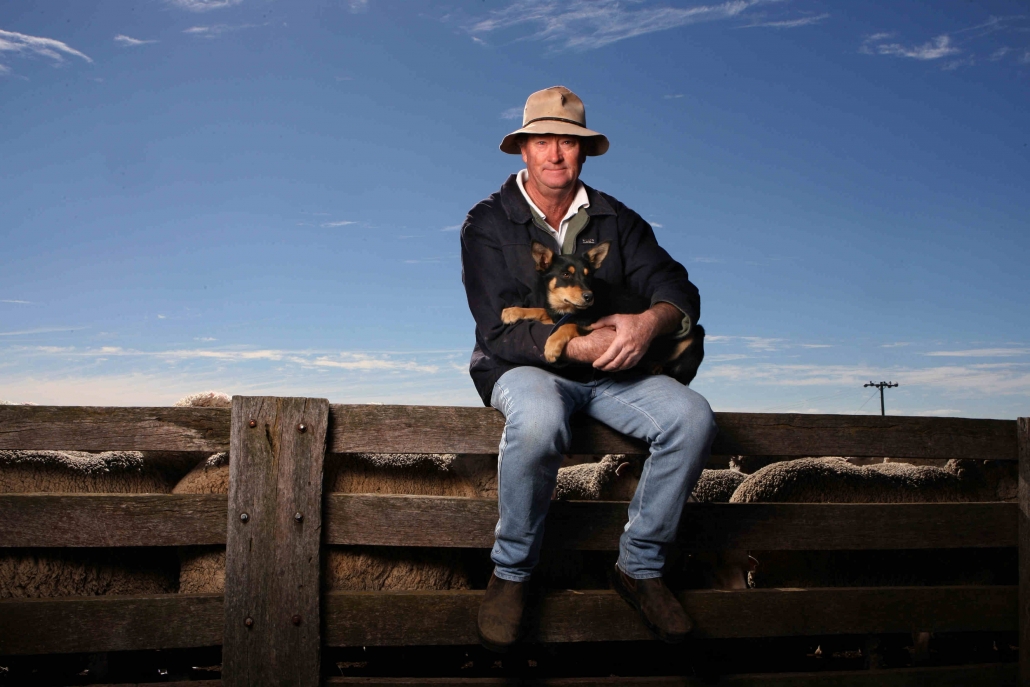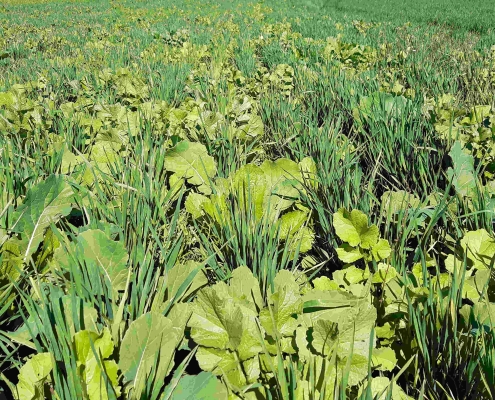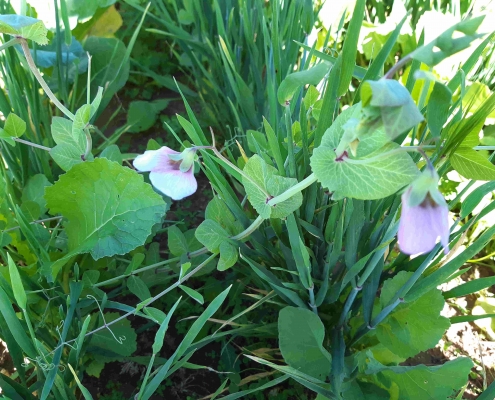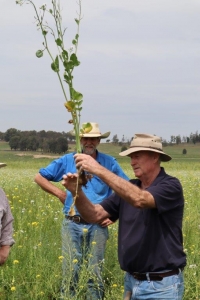In our climate, the cold temperatures experienced over the winter months are the principal factor affecting pasture growth and can result in a winter feed gap. What if you could supplement livestock nutrition by providing additional fodder while improving soil structure and nutrient cycling and build soil carbon at the same time?
In collaboration with farmer, Colin Seis, Watershed Landcare established a grazing trial to demonstrate and research the benefits of multispecies forage crops for increased animal performance and soil health. As part of their community focused Australian Good Meat initiative, Meat & Lifestock Australia (MLA) in partnership with Landcare Australia have funded the trial site through the MLA Landcare Excellence in Sustainable Farming Grants.

The project will build on growing evidence from the USA and Australia which has shown that multispecies crops and pasture diversity will increase soil carbon, nutrient cycling, and improve soil biology and farm ecosystems.
The project was carried out at ‘Winona’, 20 km north of Gulgong NSW. ‘Winona’ consists of 840 ha of restored native pasture which runs 4000 merino sheep for wool, merino lamb, and mutton production. The property’s pasture is restored native grassland consisting of 50 native grassland species. The project demonstration site was set up in a 12.5 ha paddock of native grassland, subdivided to provide two grazing trial plots; 6 ha multi-species and 6.5 ha single species (barley).
A multispecies mix forage crop was zero-tilled (Pasture Cropped) into a dormant native grassland in March 2020. The mix of 6 species in the multispecies crop (barley, field pea, faba bean, Winfred forage brassica, tillage radish and turnip) with its diverse mix of plant roots and flowering plants aims to build soil carbon and biology which cycles nutrients. An adjacent area (paddock division) was sown to a single species (barley) fodder crop as a comparison. The project and control paddocks were used to fatten and finish merino lambs in May-July, with weight increases in the sheep periodically monitored over the course of the trial.


Data was collected to compare the multispecies pasture crop and barley crop. Animal performance (weight gain) and pasture biomass were periodically monitored during the grazing trial. Changes in soil carbon, structure, chemistry and grassland species were monitored pre-sowing and post-grazing. Click on the links below for more information and results.
Lamb performance (weight gain)
Ground cover & species composition
.
The project has multiple benefits for livestock producers:

- Collection of objective data to demonstrate the benefits on animal performance and soil health of a multispecies crop compared to a single species crop;
- A viable farm adaptation to reduced and changing rainfall events by sowing an opportunity crop to provide high quality livestock feed while reducing financial risk;
- Monitoring increase of soil carbon sequestration which can offset livestock emissions;
- Besides increasing livestock performance, and so farm profitability and sustainability, multispecies forage crops have long-term benefits for soil nutrient cycling, biology and pasture productivity.
Additionally, pasture management over the entire property can be improved during the winter feed gap. By establishing a multi-species autumn crop and providing additional fodder through winter, pasture rest times can be maintained and overgrazing prevented on adjacent paddocks; improving future growth rates of pastures, reducing bare ground, and reducing weed invasion whilst maintaining stock health.
The trial will continue until 2024 by sowing a diverse multi-species forage crop and a single species crop on the same area and monitoring the changes in soil carbon and nutrient cycling over a longer time frame.
.
Watershed Landcare would like to thank Meat & Lifestock Australia (MLA) and Landcare Australia for funding the MLA Landcare Excellence in Sustainable Farming Grants and Professor Luciano Gonzalez and his team from the University of Sydney (Agriculture) for their assistance with data analysis.
| The Watershed Landcare ‘Multispecies Forage Crops for Lamb Production, Carbon Sequestration and Offsetting Livestock Emissions’ Project is funded through the MLA Landcare Excellence in Sustainable Farming Grants, supported by Meat & Lifestock Australia (MLA), as part of their community focused Australian Good Meat initiative, in partnership with Landcare Australia.
|

